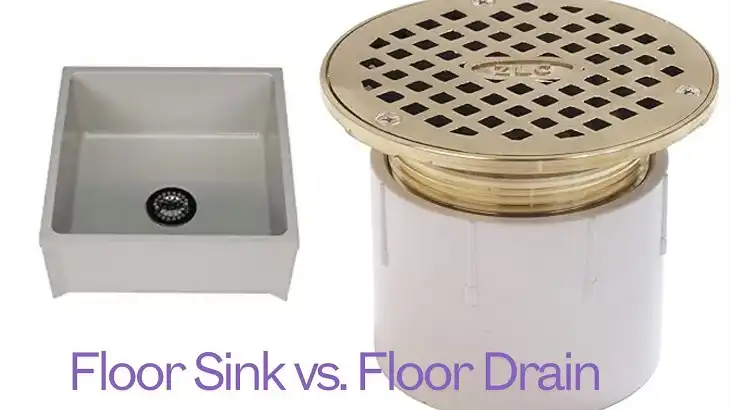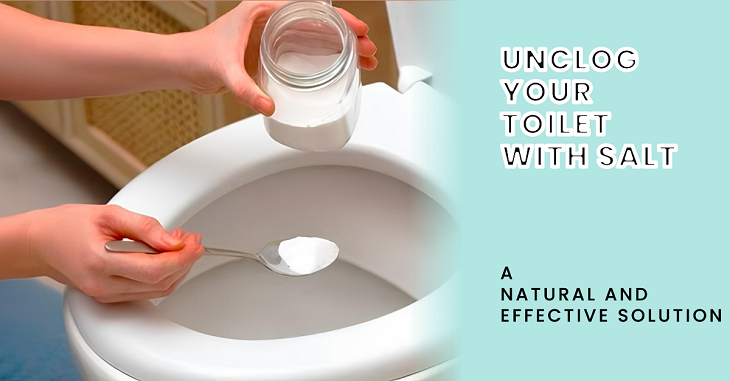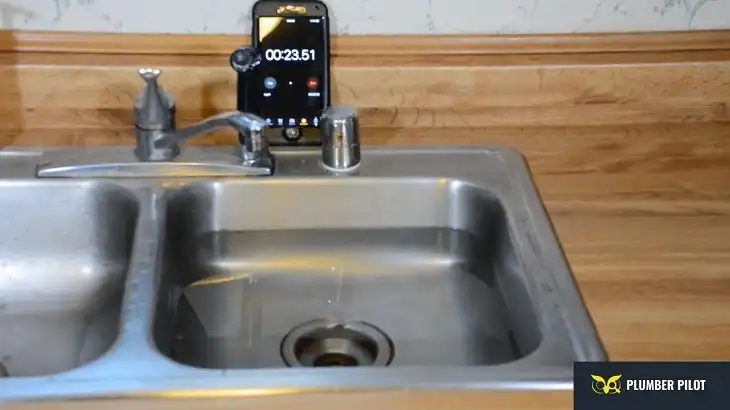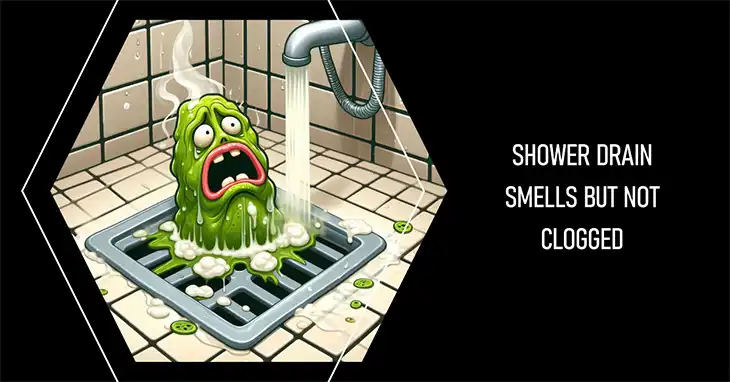Floor Sink vs. Floor Drain: Choosing the Best Drainage Solution

When it comes to selecting an effective drainage solution, both floor sinks and floor drains serve essential roles in managing water flow and sanitation. While floor sinks are commonly used in commercial environments for handling large volumes of wastewater and food debris, floor drains are versatile and found in a variety of settings, from bathrooms to industrial spaces. This guide will provide a comprehensive comparison between floor sinks and floor drains, outlining their differences, advantages, and specific applications to help you choose the right option for your requirements.
What Are Floor Sinks
A floor sink is a large recessed basin installed flush with the floor, designed primarily to handle indirect wastewater discharge from commercial equipment. Floor sinks usually include a two-opening system that allows wastewater to drain while preventing direct backflow, making them particularly useful in settings where sanitation is a priority. These sinks come with a drain screen and removable grate, allowing for easy maintenance and debris filtering.
The benefits of floor sinks include:
- High-volume water management: Floor sinks handle significant water flow and debris, making them suitable for large-scale operations.
- Air gap feature: This design prevents backflow, ensuring that wastewater from commercial equipment like dishwashers or sinks does not contaminate the main water supply.
- Maintenance efficiency: The presence of a removable grate and screen simplifies cleaning and maintenance, helping to reduce clogs and minimize downtime.
Common Applications for Floor Sinks
Floor sinks are most commonly found in commercial settings, where appliances like dishwashers, steam tables, and ice machines require reliable drainage systems. Industries that regularly use floor sinks include:
- Restaurants and Food Processing Plants: Essential for handling large volumes of water and preventing backflow contamination in high-sanitation areas.
- Laboratories and Healthcare Facilities: Provides secure drainage for potentially hazardous liquids, which helps prevent contamination.
In commercial kitchens, floor sinks are typically installed directly beneath sinks and other equipment to capture wastewater and food particles before they reach the main drain line. The design of floor sinks makes them ideal for settings that prioritize sanitation and easy maintenance, as they prevent clogging and allow quick access for cleaning.
What Are Floor Drains
Floor drains are smaller, single-opening drainage points flush with the floor, usually covered by a grate. These are widely used in both residential and commercial spaces due to their versatility, compact size, and cost-effectiveness. Floor drains are designed to directly remove excess water and are commonly found in bathrooms, garages, basements, and industrial areas.
The advantages of floor drains include:
- Space-saving design: Floor drains are smaller and less obtrusive than floor sinks, making them ideal for confined spaces.
- Versatile placement: Floor drains can be installed almost anywhere, providing flexibility in residential and commercial applications.
- Efficient water removal: Floor drains quickly and effectively channel water away, reducing the risk of mold and bacteria growth in moisture-prone areas.
Common Applications for Floor Drains
Floor drains are widely used in a variety of settings due to their flexibility and ease of installation. They are commonly found in:
- Residential Bathrooms and Basements: Floor drains prevent water buildup in bathrooms and utility spaces, reducing the risk of water damage.
- Industrial Facilities and Warehouses: In commercial and industrial settings, floor drains remove excess water from production areas, keeping the environment safe and dry.
- Parking Garages and Loading Docks: Floor drains in outdoor or semi-outdoor spaces prevent flooding and manage rainfall or accidental spills effectively.
In comparison to floor sinks, floor drains are easier to install and are suitable for both high-traffic and low-maintenance areas where immediate water removal is crucial.
Key Differences: Floor Sinks vs. Floor Drains
When it comes to managing wastewater, both floor sinks and floor drains serve distinct purposes and are designed for different settings. Here’s a quick table outlining the key differences:
| Feature | Floor Sink | Floor Drain |
| Design | Recessed basin with two openings | Single flush opening |
| Water Handling Capacity | High, manages large debris and waste volumes | Moderate, designed for quick water removal |
| Applications | Commercial kitchens, labs, healthcare settings | Residential and commercial |
| Maintenance | Requires regular cleaning of grate and screen | Minimal maintenance |
| Installation Requirements | Recessed, requires more space and complexity | Flush with floor, easy to install |
After reviewing this table, you can see that floor sinks excel in handling high wastewater volumes and managing contaminants, making them ideal for commercial kitchens and labs, while floor drains offer a simpler, versatile solution suited to both residential and commercial spaces.
Cost Comparison
The installation cost of floor sinks and floor drains varies significantly based on factors like material, labor, and design complexity. On average:
- Floor Sinks: Typically range from $300 to $500 for installation, including labor and materials, due to the need for specialized placement and greater structural support.
- Floor Drains: Generally cost between $50 and $150 for installation, as they require simpler setup and fewer structural adjustments.
Maintenance costs are relatively low for both, although professional cleaning may cost between $50 and $100, depending on the complexity of the setup.
Choosing Between Floor Sinks and Floor Drains
Choosing the appropriate drainage system depends on your specific needs, location, and budget. Here are a few key factors to consider:
1. Drainage Requirements
If you need a solution that can handle high volumes of wastewater and debris, a floor sink is likely the better option. For smaller, low-maintenance applications, a floor drain is more appropriate.
2. Space Availability
Floor sinks require additional space due to their recessed design and deeper bowl, making them better suited to spacious commercial kitchens and industrial facilities. Floor drains, however, are smaller and ideal for confined areas.
3. Budget
Floor sinks typically cost more to install due to their complexity, whereas floor drains offer a cost-effective solution for basic drainage needs.
4. Local Plumbing Codes
In some regions, plumbing codes may require specific drainage systems for certain applications. It’s essential to consult local codes or a plumbing professional to ensure compliance.
How to Maintain Floor Sinks and Floor Drains
Proper maintenance is crucial for both floor sinks and floor drains to prevent clogs, odors, and sanitation issues. Here are general maintenance practices:
- Floor Sinks: Clean the grate and screen regularly to remove debris and food particles. Monthly deep cleaning may also be necessary, especially in high-use areas.
- Floor Drains: Regularly flush with water and clean the grate to prevent the buildup of dirt and grime. Ensure that water traps are filled to prevent sewer gases from escaping.
In both cases, periodic inspections by a professional plumber can help maintain functionality and address any issues before they escalate.
Frequently Asked Questions (FAQs)
Can I use a floor sink in a residential bathroom?
While possible, floor sinks are generally impractical in residential bathrooms due to space and design constraints. Floor drains are a more suitable option.
How often should floor sinks and drains be cleaned?
Floor sinks should be cleaned weekly in high-use areas, while floor drains may require monthly maintenance, depending on usage.
Are there plumbing regulations for installing these drainage systems?
Yes, local plumbing codes often dictate drainage system requirements for specific commercial applications. Consult a professional or check local codes to ensure compliance.
Which material is best for floor drains in high-traffic areas?
Stainless steel is ideal for high-traffic areas due to its durability and resistance to corrosion, which is particularly important in commercial or industrial settings.
Summing Up
Choosing between a floor sink and a floor drain ultimately depends on the specific drainage needs, location, and budget. Floor sinks are best suited for commercial environments where high volumes of water and debris require controlled drainage, while floor drains offer a versatile, cost-effective solution for both residential and commercial applications that demand fast water removal in smaller spaces. Proper maintenance and adherence to local plumbing codes will ensure that your chosen drainage system remains effective, clean, and compliant, providing a safe and sanitary environment for years to come.






